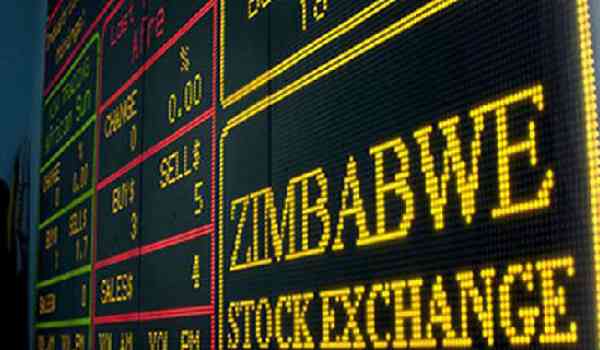
THE Zimbabwe Stock Exchange (ZSE) experienced market capitalisation losses last week, after recording under a US$2 billion market capitalisation for the first time since January 25, 2024, due to a liquidity crunch in the economy.
According to the ZSE Technician — an organisation analysing the performance of ZSE and Victoria Falls Stock Exchange (VFEX) — forex and gold reserves are being used to mop up Zimbabwe dollar liquidity on the market resulting in a liquidity crunch on the bourse.
“The ZSE closed the week under a US$2 billion market cap for the first time since January 25, 2024. Except for Friday, the market closed in the red with the highest negative movement on Wednesday, 6 March which closed with -4,59%,” read the report for the week ended March 8, 2024.
The ZSE Technician noted that VFEX and the ZSE experienced a slight improvement towards the end of the week. However, the markets failed to recover.
“Friday broke a six-day bearish move which shed almost 10% from year-to-date (USD) VFEX had a four-day bearish move since Tuesday, 5 March to close at its lowest since January 19 with a -5,35% year-to-date [YTD].”
“Both VFEX and ZSE are in a bearish move and the correlation exhibits they are affected by the same economic factors which are behind the liquidity crisis in the market. Despite a slight improvement in volumes, the markets failed to recover from their last week’s lows and are dropping towards their previous support,” the report read.
“The exchange rate premium represents forex and gold reserves and US$ supply. The downward trending premium indicates forex and gold reserves are being used to mop up ZWL liquidity on the market resulting in a liquidity crunch on ZSE. The US dollar supply has increased as evidenced by high US dollar volumes on the market.”
The report also noted that during the period under review, the official exchange rate depreciated faster than the parallel rate with the Zimdollar rate increasing by 167,6% this year against 77,27% on the parallel.
- Young vocalist making southern Africa dance
- Letter from America: Visiting with the saints in Masvingo
- Police admit that money changers are untouchable
- EcoCash unveils ‘request money’ service
Keep Reading
“ZWL continues to depreciate on both the official and parallel market. The current exchange rates are ZWL$16 571,17 (bank rate) and ZWL$19 500 (parallel). The official exchange rate is depreciating faster than the parallel rate as the central bank seeks to close the gap (exchange rate premium),” it read.
“ZWL rate increased by 167,6% this year against 77,27% on the parallel. ZSE YTD is 136,2%, which is less than the exchange rate movement. When the exchange rate curve is above ZSE YTD, the market will be trending bearish. Friday 8 March was the fifth day ZSE YTD is trending below the exchange rate curve.”
During the period under review, the VFEX had more activity than the ZSE. Total amount traded on the market during the week was approximately US$2,37 million, a huge improvement from a total of US$1,46 million last week.
“VFEX closed with a higher weekly volume than ZSE for the second time in a row. This shows there is more activity on the VFEX than on ZSE. VFEX ended the week with a traded value of US$1,327 billion against US$1,04 billion on ZSE. This represents a 48,23% increase on VFEX and an 83,85% increase on ZSE,” it said.
“For the past two weeks, VFEX was more liquid than ZSE. The total amount traded on the market during the week was approximately US$2,37 million, a huge improvement from a total of US$1,46 million last week.”
Simbisa had the highest volumes of US$545 000.
Other significant volumes came from Innscor, with US$430700, and Padenga (US$228 000). On ZSE, Econet had the highest weekly volume of US$300 900.
According to the report, much of the volumes lost by EcoCash were attracted by Econet after the precautionary statement.
Other significant volumes came from Delta, with US$279 900 and Seed Co, with US$231 000.
Delta has lost more than US$300 million market cap since January 31. ZSE Top 3 dominance is now at 48%.
WestProp market cap has remained constant since January.







